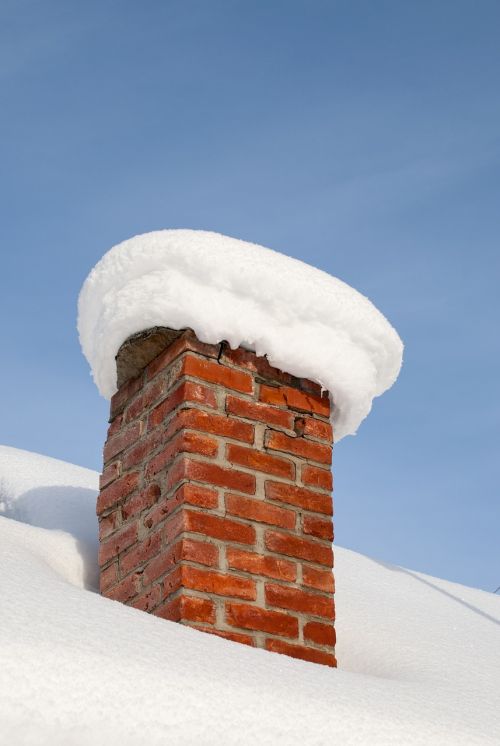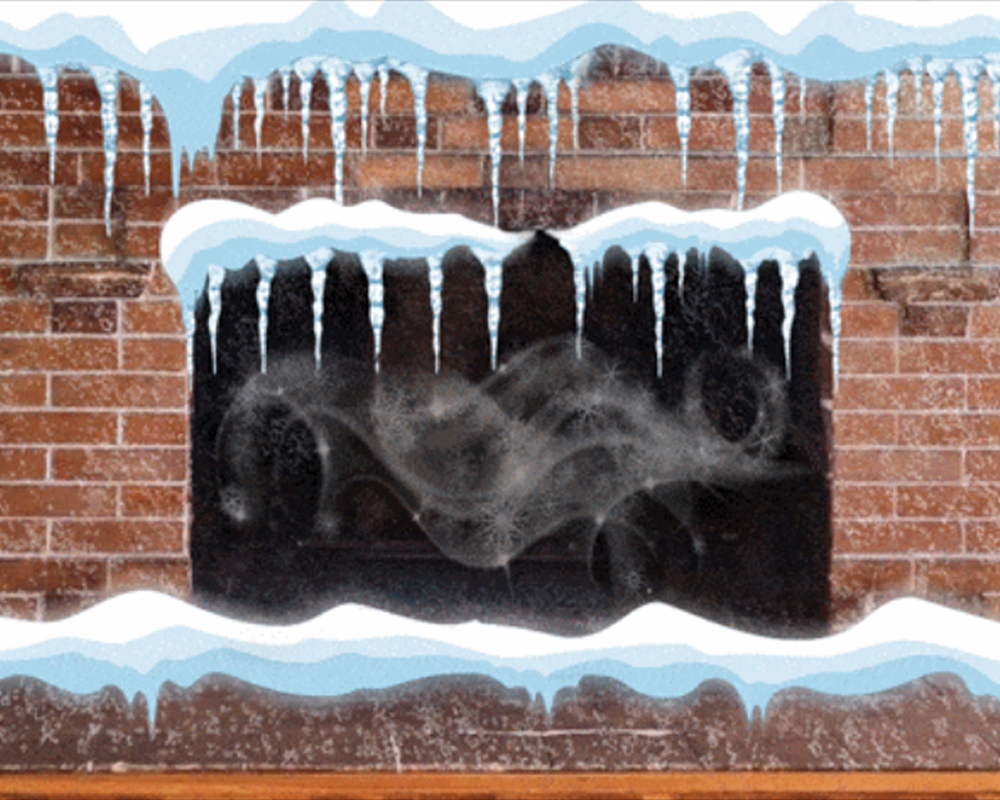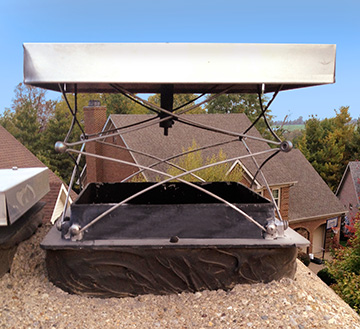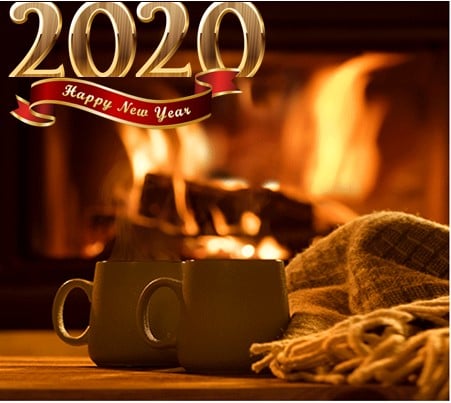Winter Chimney & Fireplace Leaks

It seems like it’s the never-ending Fall clean-up. Before
it snowed this past weekend, leaves had blown back onto the grass from the
winds. It’s best to keep them off the lawn as leaves rot the grass. Then the
snow came with high winds…again. Now there’s various sized branches all over
the yard and driveway. Now I’m out there again…and a few of the neighbors too.
As we finished our snowy yardwork, a couple of the
neighbors called me over. Issues with their fireplace. Wind and snow, or wind
and rain are great combinations for uncovering leaks. With the threat of more
snow coming this weekend, the leak(s) need to be found.
There are 2 Key Reasons Why Chimney’s Leak in the Winter.
- Chimney
Liner – Do you know if you have a chimney lining? If not, or if
you are not sure, get your chimney
inspected right away. If you do have a chimney liner, it may be the
wrong size or it’s just seen better days. It’s best to have that inspected and
taken care of. - Chimney Flashing –
Water can sit in the flashing…then freeze…then thaw…then freeze again with the
melted water making its way under the roof shingles and right into your home.
Leaks are tricky, as they can show up in a bedroom a good distance away from
the exterior chimney. Sometimes you find out too late, especially when a
section of the wall paint begins to peel.
There are a few other reasons for chimney leaks that we’ll
also take a look at. For instance, is there a chimney cap or
did it blow away with the high winds? Has the masonry or mortar
between the bricks deteriorate? Or is there a crack in the chimney crown?
Now that you know why a chimney leak happens, let’s review
how you can identify a leak in your chimney and fireplace. Here are 4 most
frequently identified signs to look for inside of your home.
- You
can hear the sound of dripping water in the fireplace - Better
yet, you can visibly see a pool of standing water in the fireplace - Water
stains next to the chimney, near the chimney on the walls - Musty
smell when you go in the room or near the fireplace, especially after it rains
or snows
Let’s face it. It is not fun having issues in winter. It’s
better to begin to visit it now and take care of what you can before springs
storms come. Give Superior Chimney a call at 877-244-6349. Let’s start getting you taken care of today.
This post first appeared on https://www.superiorchimney.net

 As solidly built as chimneys are, they need a number of components to keep them working safely and efficiently. Let’s look at some of these components and find out what they do and why it’s important.
As solidly built as chimneys are, they need a number of components to keep them working safely and efficiently. Let’s look at some of these components and find out what they do and why it’s important.
 Although you may have a warm, glowing fire, your fireplace may still feel a bit drafty. While you’re using the fireplace to stay warm, the chimney is pulling in the cold, outside air to keep the fire going. But, warm air rises, so out the chimney goes most of the heat, leaving you a bit chilly on the inside.
Although you may have a warm, glowing fire, your fireplace may still feel a bit drafty. While you’re using the fireplace to stay warm, the chimney is pulling in the cold, outside air to keep the fire going. But, warm air rises, so out the chimney goes most of the heat, leaving you a bit chilly on the inside. Glass Fireplace Door
Glass Fireplace Door Assuming your fireplace and
Assuming your fireplace and Top-sealing damper
Top-sealing damper
 Traditional masonry chimneys aren’t built to last forever, and thanks to unavoidable rain and moisture, these structures can become damaged and unsafe faster than you would expect.
Traditional masonry chimneys aren’t built to last forever, and thanks to unavoidable rain and moisture, these structures can become damaged and unsafe faster than you would expect. Annual chimney sweep services
Annual chimney sweep services
